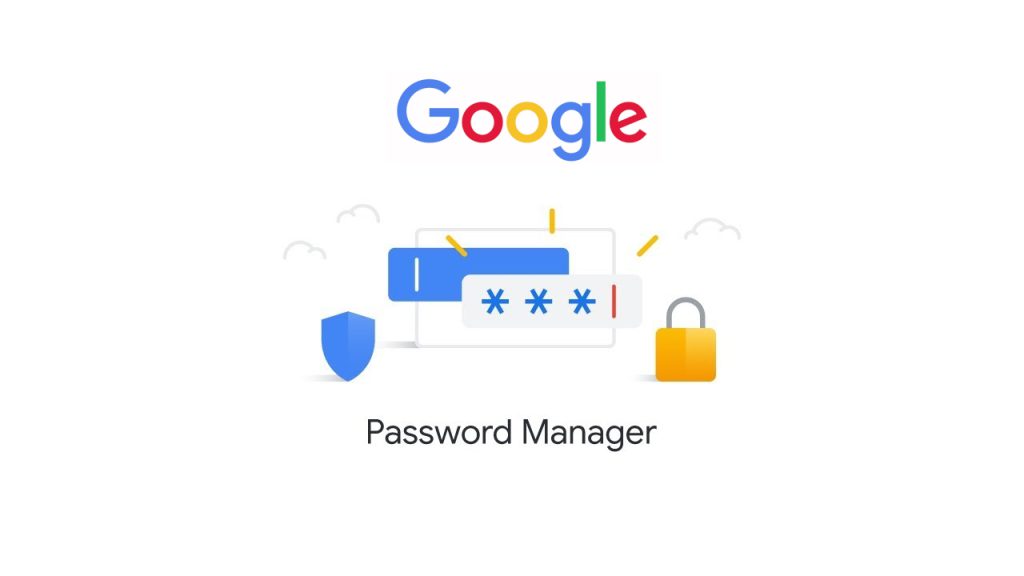This delves into the multifaceted aspects of Google Password Manager, exploring not only its frontend codebase but also unraveling the layers of its backend architecture. As we navigate through the intricate design and functionality, we’ll discuss the security measures in place, the role of the V8 code engine, and potential attack vectors. This comprehensive exploration aims to provide a nuanced understanding of the robust system that safeguards user credentials across the vast Google ecosystem.

I. Overview of Google Password Manager
Google Password Manager, deeply integrated into the Google Chrome browser, serves as a linchpin in securing users’ online identities. Beyond its frontend functionality, the backend architecture plays a pivotal role in ensuring seamless data storage, retrieval, and synchronization across devices.
- Dual Functionality Recap
Google Password Manager primarily offers users two fundamental functions: secure password storage and an auto-fill feature that simplifies the login process. To comprehend the full scope of this tool, we need to examine both its frontend, where user interactions occur, and its backend, the engine that powers the entire system.
II. Unraveling the Backend Codebase
The backend codebase of Google Password Manager, a proprietary software maintained by Google, is a crucial component of its architecture. It relies on a combination of server-side languages and database systems to manage user data efficiently.
- Server-Side Languages
The backend likely utilizes server-side languages such as Python, Java, or Go to handle user requests, process data, and interact with the database. These languages are chosen for their scalability, efficiency, and compatibility with other components of the Google ecosystem.
- Database System
To store and retrieve user credentials securely, Google Password Manager likely employs a robust database system. The choice of a database system involves considerations of data integrity, scalability, and performance. Popular options may include MySQL, PostgreSQL, or Google’s own cloud-based solutions.
III. The Role of Backend in Security Protocols
Ensuring the security of stored passwords and user data is paramount for any password management system. The backend codebase of Google Password Manager is instrumental in implementing and maintaining the following security protocols:
- Encryption Algorithms
Sensitive user information, especially passwords, is encrypted using advanced cryptographic algorithms. This adds an extra layer of protection, ensuring that even if a breach were to occur, the exposed data remains unintelligible without the corresponding decryption key.
- Secure Communication
The backend code implements secure communication protocols, such as HTTPS, to encrypt data in transit between the user’s device and Google’s servers. This safeguards against potential eavesdropping and man-in-the-middle attacks during data transmission.
- Role-Based Access Control (RBAC)
Backend systems incorporate RBAC mechanisms to control access to sensitive information. Different roles and permissions are assigned to ensure that only authorized personnel can access and modify specific parts of the system.
IV. Expanding on Security Measures
While the frontend is the user’s interface with Google Password Manager, the backend is the fortress that guards against unauthorized access and data breaches. Let’s delve deeper into additional security measures implemented in the backend:
- Two-Factor Authentication (2FA)
The backend facilitates the implementation of 2FA, an additional layer of security requiring users to provide a second form of verification. This ensures that even if login credentials are compromised, an extra step is necessary to gain access.
- Regular Security Audits
Continual security audits are conducted on the backend codebase to identify and address potential vulnerabilities. This proactive approach involves regular testing, code reviews, and threat modeling to stay ahead of emerging threats.
V. A Closer Look at the V8 Code Engine
In the realm of browser security, the V8 code engine plays a critical role. Developed by the Chromium project, it powers the execution of JavaScript code within Google Chrome. However, its intricacies introduce potential attack vectors that can affect tools like Google Password Manager.
- Exploiting V8 Vulnerabilities
Malicious actors may attempt to exploit vulnerabilities within the V8 code engine to compromise the security of Google Password Manager. These exploits could target flaws in memory management, parsing mechanisms, or other aspects, leading to unauthorized access or data leakage.
- Mitigating the Risk
To mitigate the risk associated with V8 vulnerabilities, Google follows a rigorous process of continuous testing, bug fixing, and releasing updates. Users are urged to keep their browsers up to date to benefit from the latest security patches and improvements.
VI. Conclusion: A Holistic View of Google Password Manager
In conclusion, Google Password Manager emerges as a comprehensive solution, seamlessly integrating frontend and backend components to provide users with a secure and efficient password management experience. The backend architecture, fortified with robust security measures, ensures the protection of user data in an ever-changing digital landscape. While potential attack vectors exist, Google’s commitment to regular security audits and prompt updates, coupled with user vigilance in keeping their systems up to date, collectively fortifies the integrity of the Password Manager. Understanding the symbiotic relationship between the frontend and backend components is essential for users navigating the intricate web of online security.
Leave a Reply